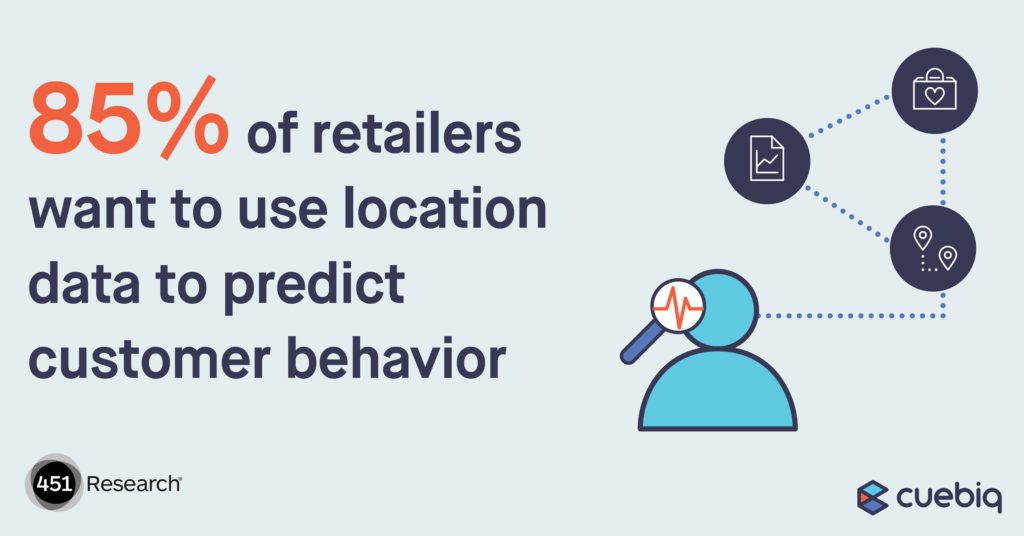There are a few ways that brick-and-mortar has always differentiated itself—all of which are centered around maintaining a strong customer experience. Brick-and-mortar stores allow customers to physically interact with the product, benefit from face-to-face customer service, go shopping last-minute, and engage with your unique, in-store brand experience.
Over the last two years, the retail industry has been turned on its head. The pandemic has accelerated trends that were already on their way to becoming cemented in society, such as the shift away from brick-and-mortar to e-commerce. In 2019, over 9,300 brick-and-mortar stores shuttered their doors — and this was well before the pandemic. Forced to pivot in order to survive, retailers have had to think creatively about how to engage customers.
Capitalizing on Digital To Improve Brick-and-Mortar Locations
For retailers, identifying synergies between their digital and physical presence has been essential to improving the customer experience. For example, many more stores are enabling customers to place orders online and pick up their orders curbside.
Communicating effectively to customers is also key. Retailers can improve the customer experience and also derive more value from their stores by offering customers guidance and promotions on how best to use store locations. For example, retailers can suggest customers buy the same item at a store nearby instead of ordering it online, to save money on shipping. Or, retailers can promote a benefit of visiting their store, such as customers’ being able to try on two similar items side-by-side that they were perusing online, so they don’t have to make returns.
Competing With E-Commerce via Tech
Some of these retail tactics will likely persist well after the pandemic and become normalized, as they cater to the one thing every consumer seeks: convenience. According to Coresight Research, COVID-19 spurred top retailers to pivot, ramping up their e-commerce engines and looking for growth opportunities online instead of on the mall floor. One success story was with Best Buy, which achieved 81% sales retention months after the COVID-19 virus hit, even though most of its stores were closed.
Ironically, the pandemic could be what saves retail from the so-called “retailpocalypse,” as it is forcing those slow adopters of tech to get on board, or risk going bankrupt. By implementing tech-enabled processes and creating a seamless online-to-offline customer experience, retailers stand a chance at competing with e-commerce powerhouses such as Amazon.
Predicting Customer Behavior With Location Data
One surefire way retailers can compete with the likes of Amazon is by integrating location data into their tech stack. With location data, retailers can understand how customers are behaving in the real world. Are they visiting a shoe store after viewing a targeted ad on Instagram? Are their visitation patterns to grocery stores higher or lower than last month? These are some of the questions location data can answer, which can inform retailers’ marketing activations.
Location data can go one step further by enabling retailers to predict customer behavior. According to a study Cuebiq did with 451 Research, 85% of retailers said they wanted to use location data to predict customer behavior. At a time when each incremental store visit or online transaction really counts, being able to predict customer behavior matters.
Want to learn more about how retailers can predict customer behavior? Connect with our team.




